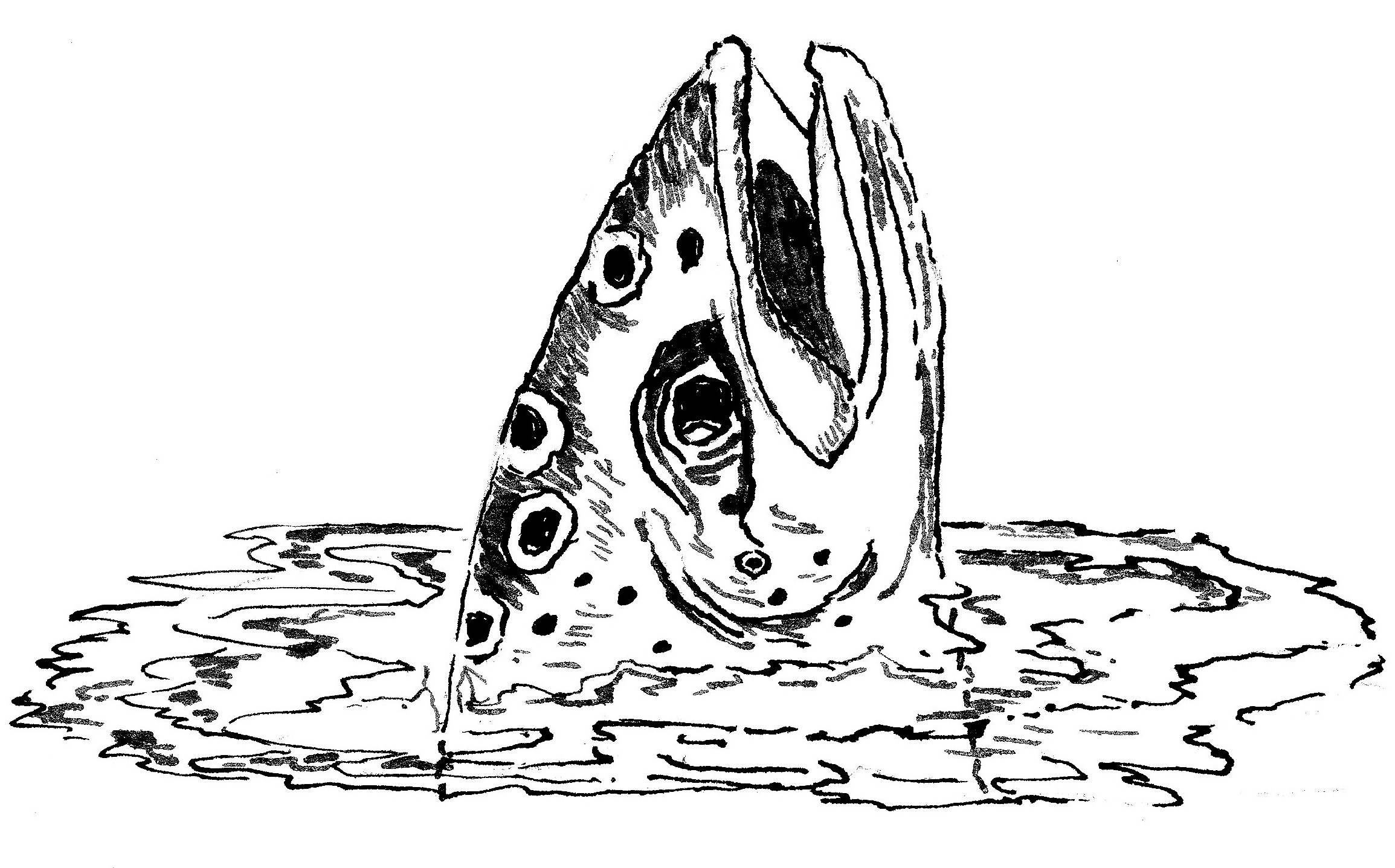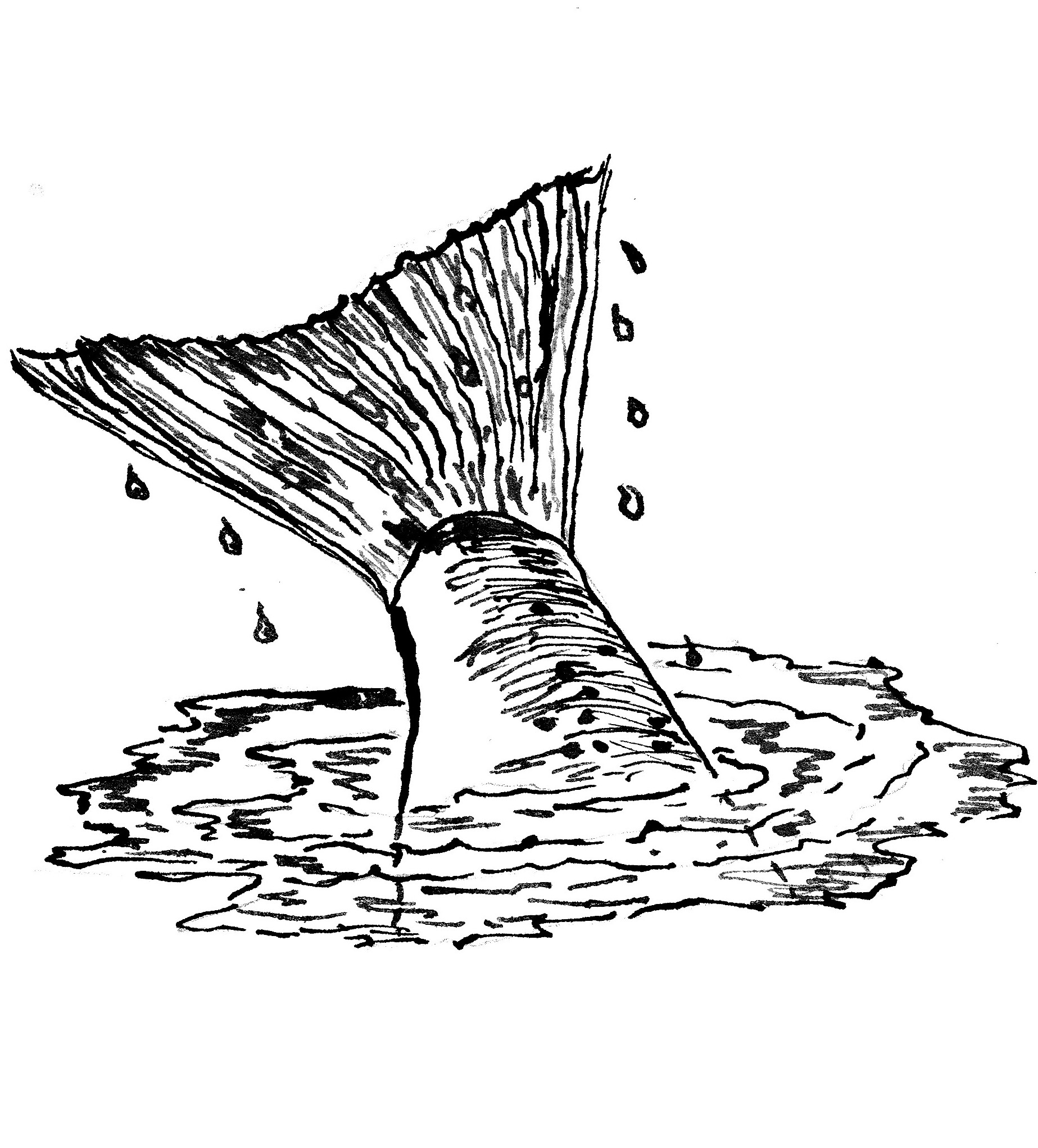Hugh Creasy Report for Reel Life February 2018
- 20/02/2018
Creasy's Column - By Hugh Creasy
It’s a relief to wade in the water. Heat and humidity combine to make the journey to the river an unpleasant experience. The water is lukewarm, and it soaks into my boots with oily ease. I would hesitate to splash myself with it, let alone drink it. If any fish are caught, they should be returned. The bacteria count in the river must be at record highs.
Stones are turned to see if any mayflies or caddis have survived the heat. There are midge larvae and Dobson fly larvae near the margins. But the absence of any insects that thrive in clean water is significant.
A few hundred metres upstream, a tiny flow of clean water enters the river. It comes from a stand of beech and manuka where the undergrowth is green and the margins are mossy. There is deer sign on the soft, wet soil and damsels, dragons and blowflies hum in the sun. Where the rille enters the river, the stones are clear of algae and there is just a light sprinkle of duckweed at its downstream edge. And here lie large trout.
They seek relief in the cooler drift, where bacteria have not leached oxygen from the water. For 20 metres or so, they swim in line astern – largest at the upstream end and smallest squabbling for position at the tail. The fish are in desperate straits. They cannot feed during daylight hours in the main river. It’s too hot. And during the hours of darkness competition is fierce for the terrestrials that land in the water. The fight for food saps energy and condition. The energy expended falls far short of the sustenance gained from meagre pickings.
There’s a handy log, half out of the water, and I perch on it with my feet in the cool flow. A shag pays a visit, big, black and dangerous, but it stays on the far side of the river, ducking into the current now and then. Eventually it appears with something thin and silvery in its beak, presumably a small eel. With its crop full, it climbs a riverside boulder and spreads its wings to dry.
Welcome swallows dot the water for invisible prey. Midges, sandflies and gnats cloud the air above the current, and a friendly fantail cheeps as it catches mosquitoes above stagnant pools. The persistent buzz of cicadas rises to a crescendo as the sun climbs in the sky. It is humid, and any clothing binds and becomes uncomfortable within seconds of any movement.
I have come to fish and feel obliged to strip off line, attach a small hare and copper nymph and cast to the fish I can see. It is a lethargic cast, sent on its way without prayer or hope, and it catches a fish. A couple of pounds of tired trout is brought to the net and I feel nothing but guilt and remorse for taking it from its precarious home.
It is killed quickly and inspected for condition. It is a hen and sports a thin line of roe on either side of its empty gut. Its flesh is white and free of fat and its eyes bulge slightly in its head. It’s a poor specimen of a trout and its survival if I had returned it unharmed to the water would have been doubtful.
There is cloud building in the west, and there is guilt building in my mind. Rain will wash the river clean, and a cooling southerly will bring life to the river, but it may take many years for the fauna to recolonise what has become a watery desert. There are sections of the river where springs and sidestreams hold mayflies, stoneflies and caddis, and these oases of life will repopulate even the most polluted waterways, given time, and a cleansing flow.
The log I am sitting on has become uncomfortable. I wind in my line, remove the nymph, and turn for the track downstream. Another angler is coming upstream, casting as he comes. He is young and moves quickly, sending a fly into gaps in the willows, two casts in every gap and three steps upstream, before the next cast is made. He will cast to the sidestream in a few minutes and catch a fish or two. Whether he finds satisfaction in in his success will be another matter. 